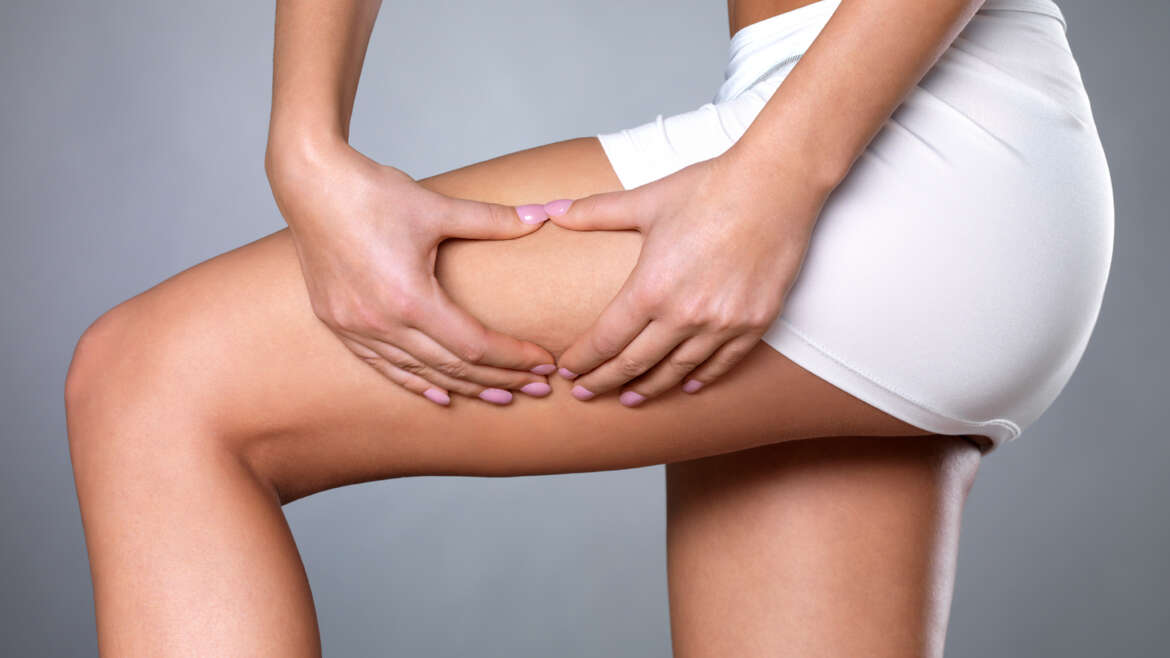The term cellulite is used to describe the abnormal deposition of fat, especially on the thighs and buttocks of women, in such a way that the skin looks like “orange peel”, as it is commonly called. Cellulite is common, since after adolescence more than 70% of women develop some degree of cellulite.
The latest scientific data on the pathogenesis of cellulite is that it is mainly due to estrogen. Estrogen is a hormone associated with the female sex, which is produced locally on the skin. So, either the local production of estrogen hormones in those places where cellulite occurs is higher, or their metabolism in adipose tissue cells is more intense. The result of this hormonal hyperactivity is the swelling of the fat lobes and their different orientation and distribution, in order to create cellulite.
Obesity, smoking and alcohol consumption cause or worsen cellulite. Consumption of water, massage, maintenance of normal weight and application of creams that dissolve, at least in part, fat are the initial, simple measures to deal with it. Other more invasive measures are lymphatic drainage, liposuction, or the attempt to dissolve fat by ultrasound or by local injection of appropriate substances, i.e. mesotherapy.

There are no randomized, placebo-controlled double-blind studies that demonstrate the effectiveness of a technique or medication. Mesotherapy preparations may include a variety of prescription and over-the-counter medications, herbal products, vitamins, hormones, beta-blockers, adenosine monophosphate inhibitors, or emulsifiers.
Topically effective creams are those that contain sitosterols and other plant extracts that inhibit the action of estrogen hormones locally. With their daily application for 2-3 months, it is possible to significantly reduce cellulite, as it is calculated by measuring the perimeter of the thigh, or the dimensions of the buttocks.
Mesotherapy preparations are injected by injection, usually with multiple needles, mixtures containing caffeine, carnitine, organic silicon and plant extracts in 6-10 sessions every 10-15 days. Other mixtures cause more intense lipolysis and contain deoxycholic acid and phosphatidylcholine along with organic silicon, vitamins and vasoactive drugs. The sessions are less than the previous mixture, ie they are two or three and depending on the infusion dose they are done every 2-3 or every 4-6 weeks. It is often preferable to repeat the infusions after 1 or 2 years in order to maintain a good result. In almost all cases, swelling and erythema develop at the application sites, which last about 3 days. Most patients are significantly satisfied with the results. There are also other newer mixtures which, in addition to the above substances, also contain growth factors, such as insulin-like growth factor.


